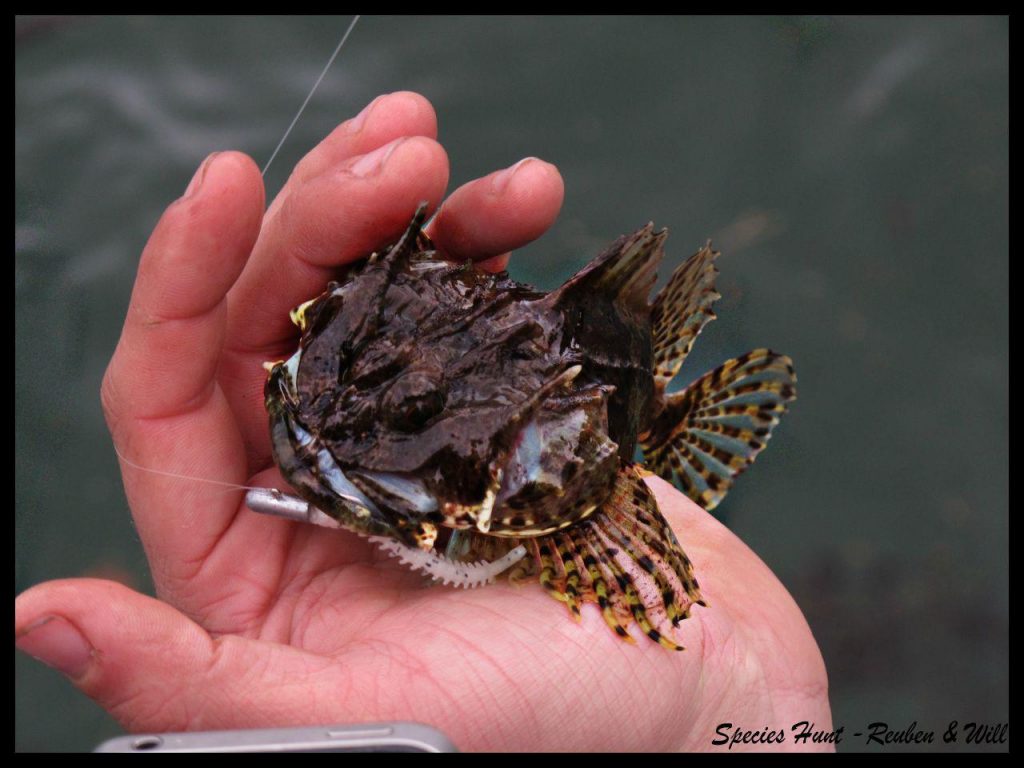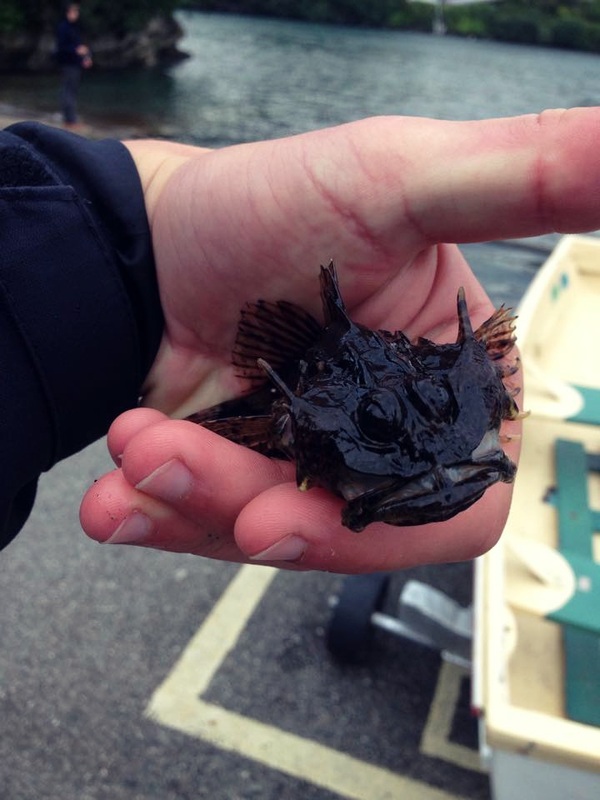Scorpion Fish UK: How to Catch Them
Taurulus Baubalis is the Latin name of these fish, and it means ‘the little bull’. It’s a fitting name for a fish whose horns are intimidating enough that when the fish turn up in crab pots, they are often mistaken for weaver fish.
These fish have the remarkable capacity to eat digest their own body weight in one hour, and eat fish that are larger than themselves. Their mouths and heads make up most of their mass, so that when swimming they look like swimming heads.

Scorpionfish are very common since they have no commercial value and feed on species that also have no commercial value, like the Common Blenny. These fish are well disguised inside crevices in rocks, where they wait in ambush for their prey. These fish will actively hunt too, and they tend to do that around slack water.
LRF Scorpion Fish
Scorpion fish are not fussy eaters, and will take all baits but especially ragworm and lugworm, and lures which imitate shrimp or worms. By far the most productive lure for these fish is Marukyu Isome. The best hook size for these fish is size 6-8. Smaller hooks are likely to make unhooking difficult since their mouths are so large. These fish will even take size 3-0 baited hooks intended for much larger species.

There are two species of scorpion fish caught in the UK – the short-spined and the long-spined. They are sometimes referred to as ‘father lasher’ or ‘bull head’. Freshwater anglers may be familiar with the bull head which is found in streams, and which isn’t too far in appearance from the scorpion fish found in the sea.

Long Spined vs Short Spine Scorpion Fish
Pretty much every scorpion fish you catch from the shore will be a Long Spined, you will typically catch over 200 hundred long spined before you catch a single short spined. This is because the short spined tend to live in deeper water and are less common. On a long spined, you can run your finger from the bottom mouth on the underside of the fish to the tail without crossing over a flap. In the short spined, the underside of the fish near the gills has a flap which goes the whole way across the fish.
Ignore this link
Ignore this link

Check out our other sea fish species guides.
